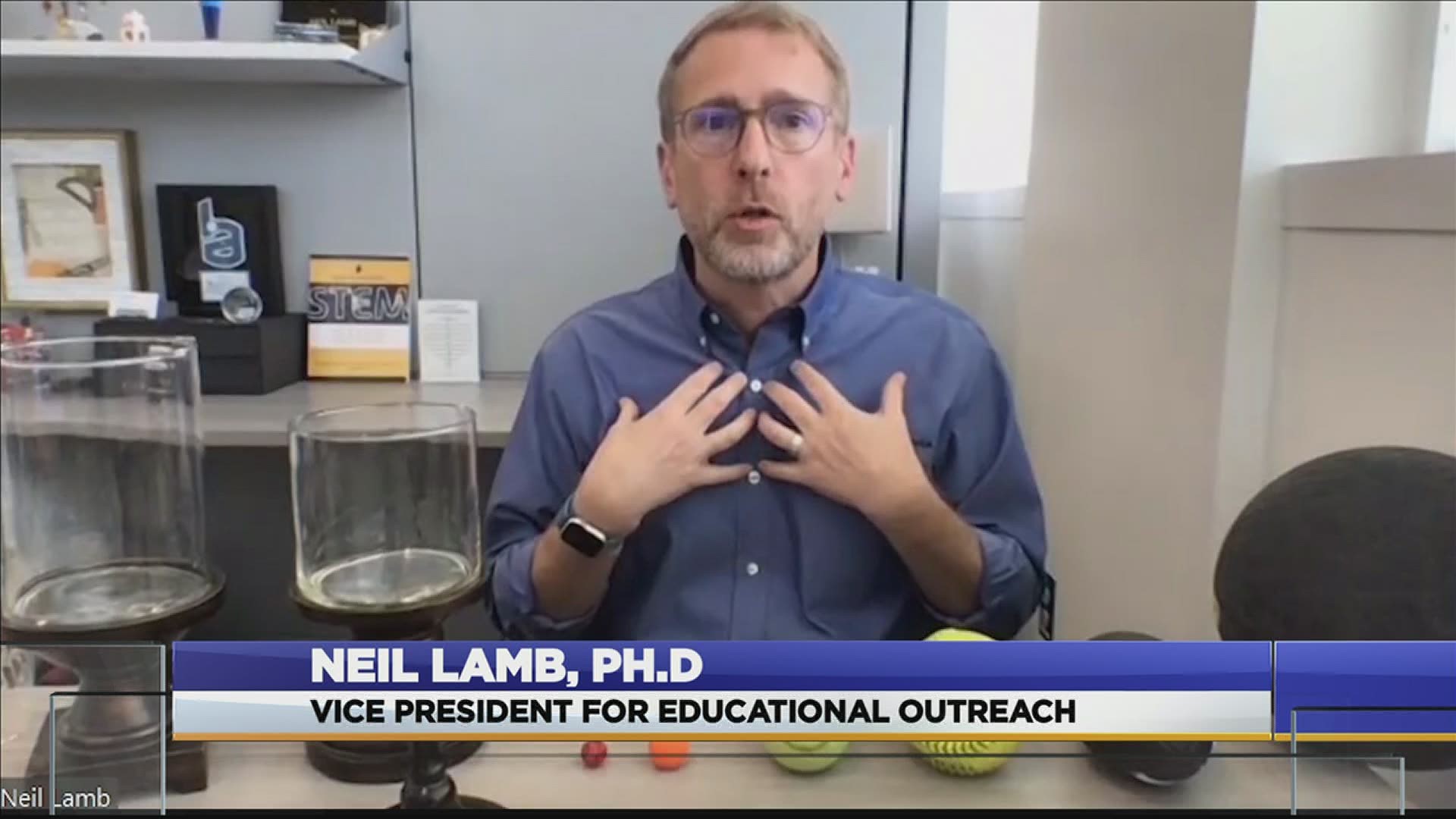HUNTSVILLE, Ala — We've heard about the risk factors that could expose someone to COVID-19. But what does that look like?
HudsonAlpha Institute for Biotechnology Vice President for Educational Outreach, Dr. Neil Lamb (Ph.D), has a breakdown of the risks. He says people should consider risk factors based on time, space, people, and place.
"What is my own personal risk that I'm willing to take on, and how does that overlay on top of what my risks are just by who I am and what I automatically do in the world?" asks Lamb.
Lamb starts with using jars as an example of your exposure for a 10 to 14 day window. The jar size depends on your personal risk. This includes age, gender, underlying health conditions, and ethnicity.
"You might even have somebody that has a really small jar because maybe they have an autoimmune disorder, and they need to really be careful about the risks that they expose themselves to," says Lamb.
You should also think about household members, and the positive COVID-19 cases in your community. Lamb uses balls to fill those jars. They represent the activity and range of risk - such as going to a barber or a salon. "This is a larger risk because it involves more face to face prolonged contact; Somebody who is looking at me in the face as they are cutting the front of my head," says Lamb.
He says it's also important to consider interaction with friends.
"Is your friend somebody's that's always isolated, who doesn't go out in large spaces? Or is your friend somebody that is going to lots of different events and gatherings of all different sizes multiple times a week?"
Lamb suggests that if people participate in a high-risk event, to consider low-risk events the following weeks.
"As you think about what your jar looks like, don't think about this on a today 'How can I fill my jar as full as possible'. You want to think about what am I doing in the next week," added Lamb.
Lamb hosts a series of 'Shareable Science Beyond the Blog' videos. For more information, click here.

